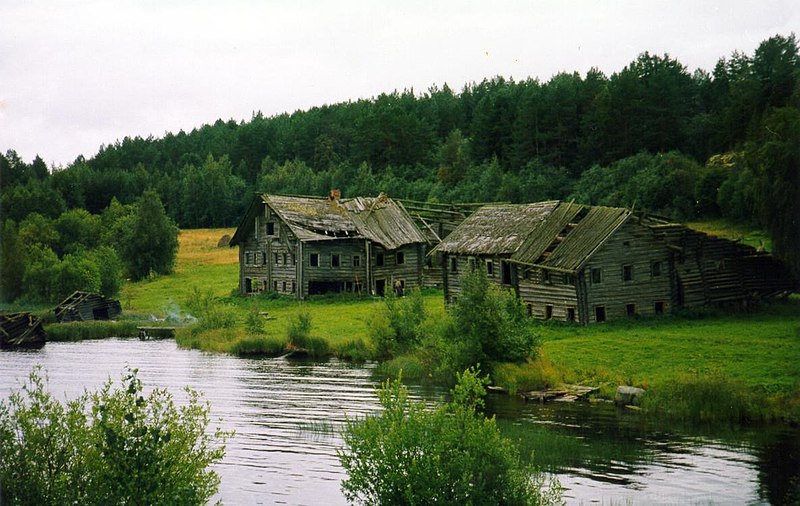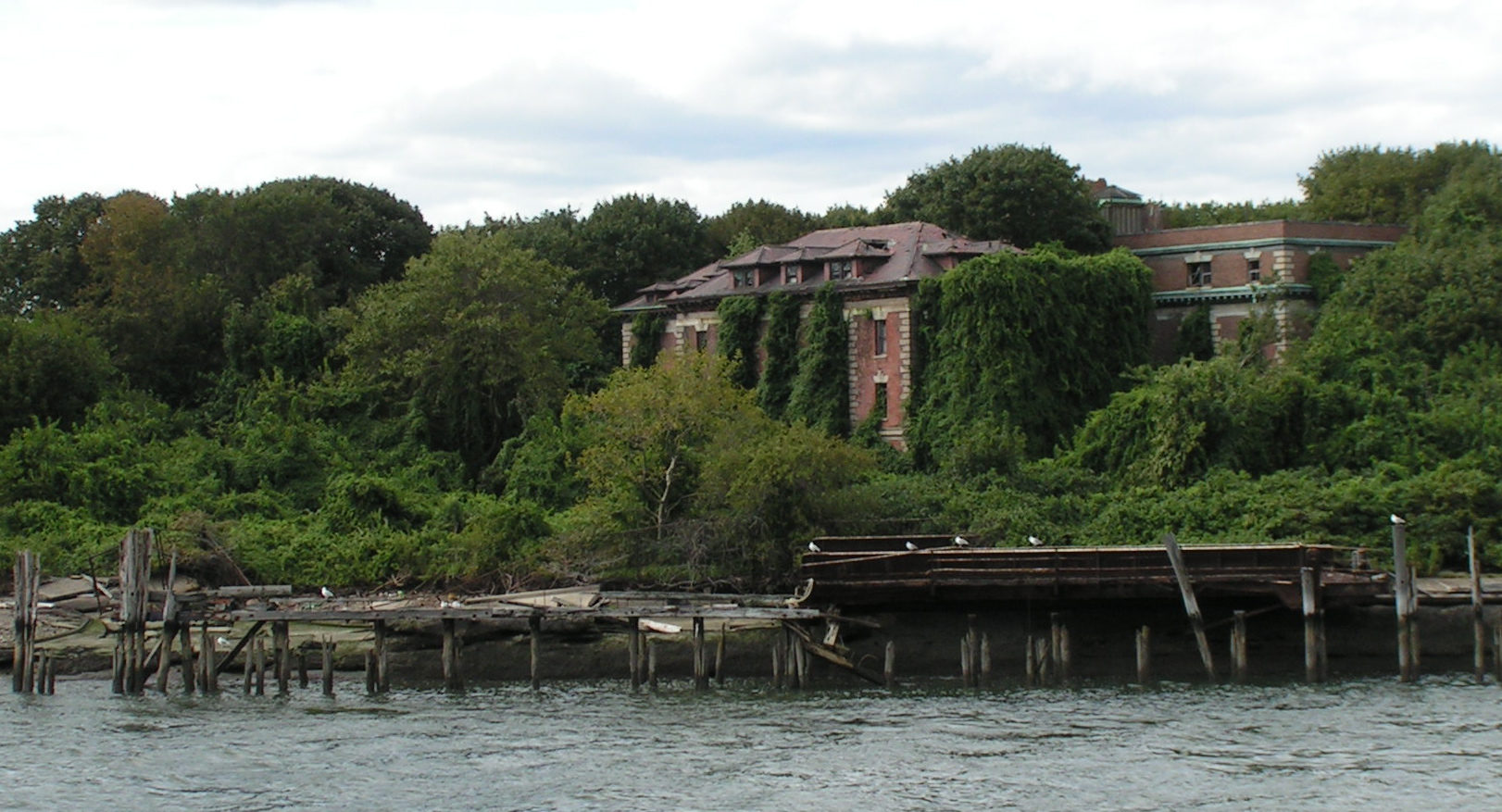By Eun Yeom
Since we have spent the last several months examining the places which have made the biggest impact in recent years, we decided to take a look at some of the locations on Earth which humans have left behind.

Moonville, Ohio
Train traffic around Moonville dramatically increased after the Baltimore and Ohio Railroad bought out the Marietta and Cincinnati Railroad in 1887. By the 1900s, coal mines began closing down, and the population of the town began to scatter. The last family to leave the town did so in 1947. Most of the buildings had disappeared by the 1960s, and there is now very little to tell the site by— only the town cemetery, and the Moonville tunnel, which is a subject of many ghost stories.
Sesena, Spain
Once projected to become the Manhattan of Madrid, the town now sits quietly, thanks to Spain’s housing market crash and economic implosion. 30,000 people were due to reside in Sesena; of the 13,000 homes originally planned to be constructed, only 5,100 were built. Most of them are now inhabited by Spaniards who bought them as investments, but are now competing to offload them at huge losses.
North Dakota’s Emptied Prairie
In the early 20th century, farmers swarmed in and settled down in the seemingly promising North Dakota prairie. Towns and homesteads were built based on these hopes. The settlers believed that rain followed the plow, but they were proved wrong by Mother Nature; following years of unsuccessful attempts to cultivate the land, many of the farmers have since left for greener pastures, leaving ghost towns in their wake.
The Village of Pegrema, Republic of Karelia, Russia
This town was abandoned after the Russian Revolution, leaving behind wooden peasant houses facing the lake.

Oradour-sur-Glane, France
The town was destroyed in 1944, when a total of 642 of the town’s residence were killed by the Waffen-SS on June 10, 1944. The only known survivor is Marguerite Rouffanche, aged 44.
Dallol, Ethiopia
Dallol holds the record for the highest temperature for an inhabited location on Earth, the average annual temperature being 35 degrees Celsius, 96 degrees Fahrenheit (recorded 1960-1966). There is no form of regular transportation in the area except for camel caravans that travel around the area to collect salt.
North Brother Island, New York City
This 20-acre island in the East River was used until the mid-20th century as an isolated hospital for infectious patients; Typhoid Mary lived out her final years here. The island was abandoned in 1963, and has become a wildlife sanctuary. Plants, animals and trees now grow all across and inside the ruined hospital campus.

Eun Yeom is a publicity intern at Oxford University Press USA.
Oxford’s Atlas of the World — the only world atlas updated annually, guaranteeing that users will find the most current geographic information — is the most authoritative resource on the market. The milestone Twentieth Edition is full of crisp, clear cartography of urban areas and virtually uninhabited landscapes around the globe, maps of cities and regions at carefully selected scales that give a striking view of the Earth’s surface, and the most up-to-date census information. The acclaimed resource is not only the best-selling volume of its size and price, but also the benchmark by which all other atlases are measured.
Subscribe to the OUPblog via email or RSS.
Subscribe to only geography articles on the OUPblog via email or RSS.
Image credits:
Moonville Tunnel by ChristopherM, Creative Commons via Wikipedia
Karelia old houses by Jurij Burkanov, Creative Commons via Wikimedia Commons
Riverside Hospital by reivax, Creative Commons via Wikimedia Commons

Recent Comments
There are currently no comments.